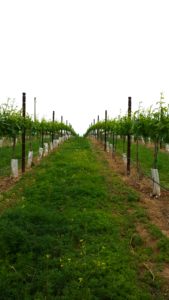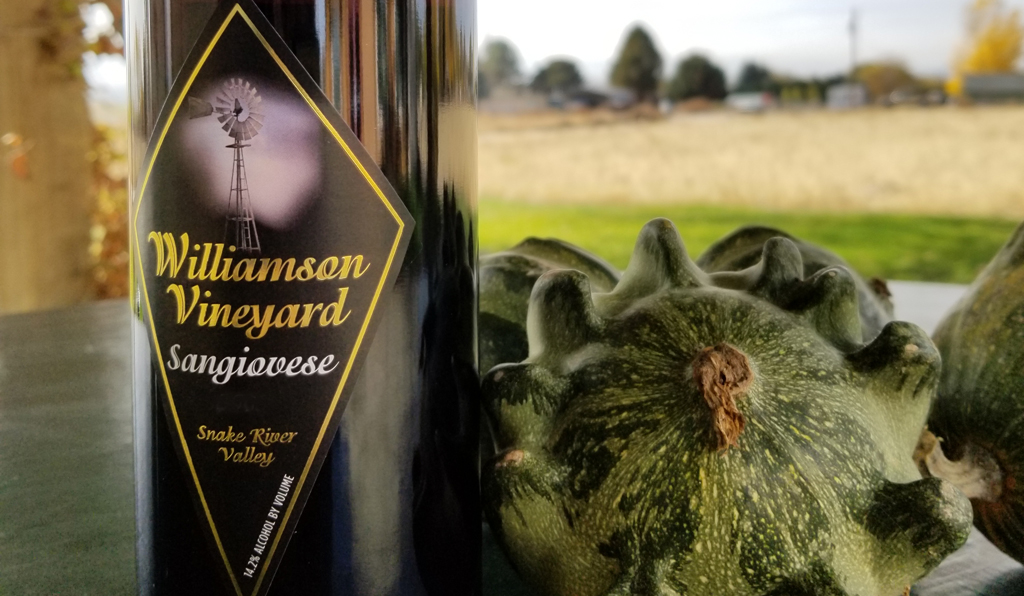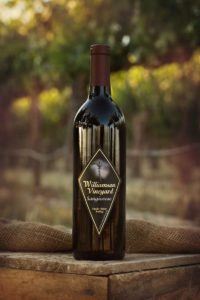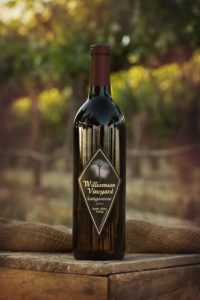Williamson Sangiovese stands out among Idaho wine according to the Chicago Tribune!
 Any Idaho agricultural story, even a story about wine, has to begin with potatoes. The state turns out 13 billion pounds of spuds a year. Go ahead, read it again if you have to: 13 billion pounds.
Any Idaho agricultural story, even a story about wine, has to begin with potatoes. The state turns out 13 billion pounds of spuds a year. Go ahead, read it again if you have to: 13 billion pounds.
Idaho aggies are big on barley, plums, onions, beets and mint too. They don’t call it the Gem State for nothing; the place has good growing soil, and for close to 50 years, a small portion of it has been dedicated to growing commercial wine grapes. Idaho’s climate is well suited for such a crop, and most of it grows at relatively high elevation, somewhere between 2,500 and 3,000 feet. The state enjoys long, sunny days (for ripening) and cool high-altitude nights (for retaining acidity). Daily temperature shifts of 40 degrees are not out of the question in some vineyard locations.
Idaho vineyards date to the 1860s, even before grapes were planted next door in Washington and Oregon. (If you don’t have a map in front of you, Idaho’s western edge forms the entire eastern borders of both of those coastal states.) Prohibition put an end to the first phase of the Idaho wine industry, and it was not until the 1970s that it picked up where it left off. So Idaho has a young and small wine industry, with many miles to go before it achieves the success of its neighbors. But the state known for potatoes is also turning out some good wines these days.
There are three overall wine regions in Idaho (North, Southwest and Southeast), and in 2007, the state’s first official appellation, the Snake River Valley AVA (American Viticultural Area), was established. It stretches across 8,000 square miles, even crossing the state line and creeping into Oregon, and is home to 1,125 acres of Idaho vineyards. Idaho’s second appellation, Eagle Foothills AVA, was established in 2015, and the third, Lewis-Clark Valley AVA, came into being in May 2016. About three-fourths of that appellation is in Idaho, and the rest lies across the border in eastern Washington.
READ MORE







 Williamson Vineyard’s 2013 Sangiovese was voted Best of Sangiovese and pulled a double gold medal at the
Williamson Vineyard’s 2013 Sangiovese was voted Best of Sangiovese and pulled a double gold medal at the  Any Idaho agricultural story, even a story about wine, has to begin with potatoes. The state turns out 13 billion pounds of spuds a year. Go ahead, read it again if you have to: 13 billion pounds.
Any Idaho agricultural story, even a story about wine, has to begin with potatoes. The state turns out 13 billion pounds of spuds a year. Go ahead, read it again if you have to: 13 billion pounds.